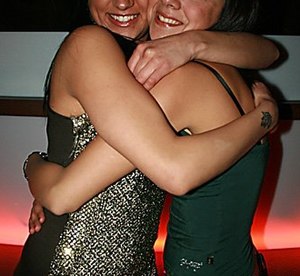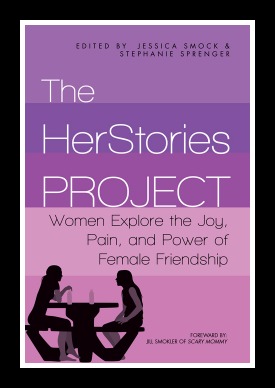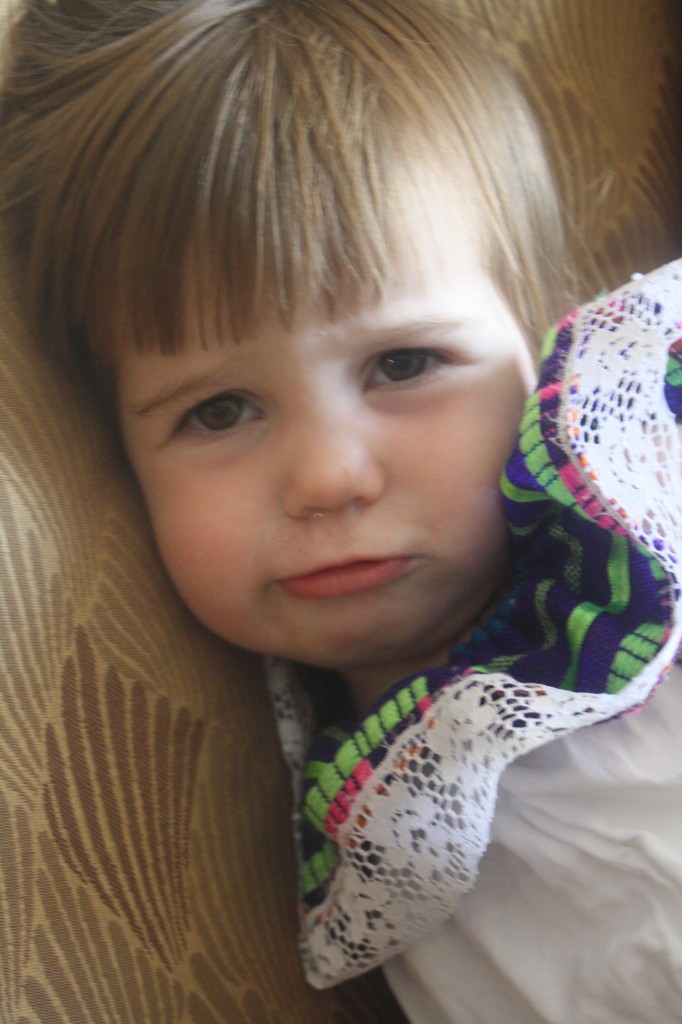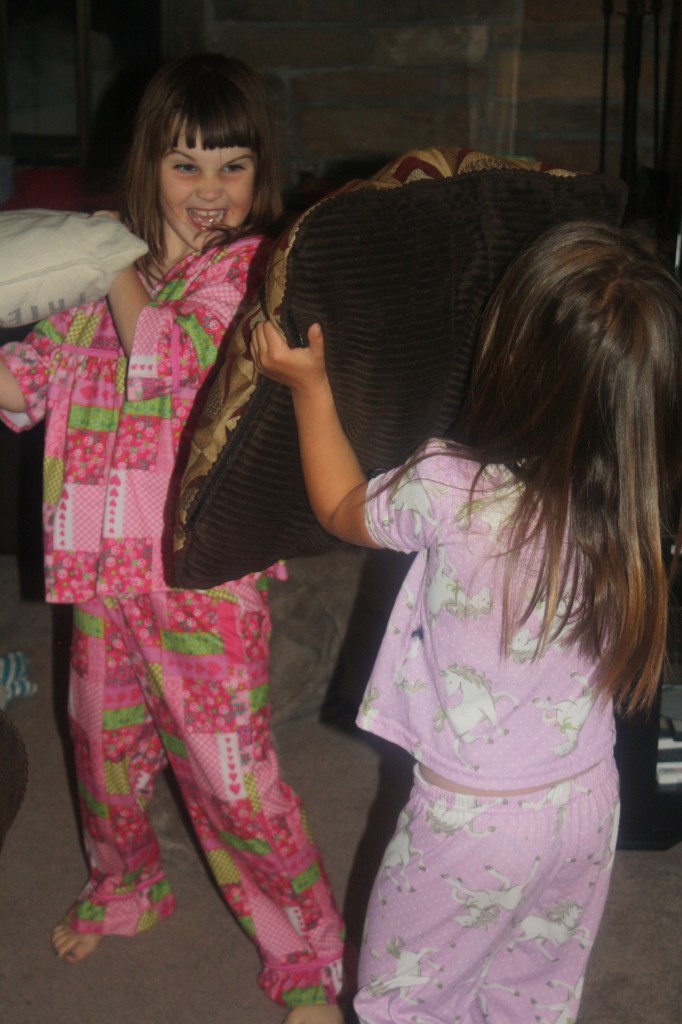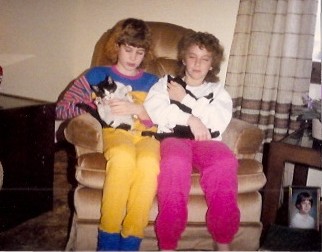And Finally a Book Proof Landed on My Doorstep….
I waited all afternoon, never straying more than ten feet from the front door and the front windows that look out onto the street. According to the online tracking information, it was somewhere being driven around Buffalo, New York — my hometown.
Several UPS and Fed Ex trucks drove by my house during that period, never stopping. I waited and waited. To distract myself, I decided to cook, a rare Friday night occurrence in our house, a day when take-out generally is enjoyed by all. I started to prepare the ingredients for my favorite red wine pan sauce for steak. (Really, who was I kidding? My recipe preparation was a great excuse to open a bottle of red wine very early.)
Then at about 5:30 it arrived. I tore open the small box, and there it was. Our proof. The proof of our book was in my hands.
To say that I was excited is something of an understatement. That night the book “slept” next to me on the night stand, and I continue to carry it around with me in the house.
So what about poor Stephanie, my co-editor? How was she handling the excitement of seeing our book for the first time? I’m very sorry to say that she hasn’t seen it in person yet. We did do Facetime right away, but I know that it’s not the same. This unfair situation happened because I was the first to go into our account dashboard once the online version of the proofs was approved and to have a physical proof sent to me. And apparently you only get to mail out one proof to be approved by the author. (After the proof is approved by us, we wait for it to be approved by Amazon.)
I’m so pleased with our cover design. (We’re really proud of it, and if you hate it, maybe you could keep it to yourself for just a month or so, until the initial giddiness subsides. Then we’ll start taking constructive criticism once again.)
Our cover is one of the parts of self-publishing this book about which I’m most proud. Yes, we self-published it, and we’re not ashamed to say it. I always imagined that someday I’d be involved in publishing a book, but I never thought I’d be self-publishing. Yet for a multitude of reasons, this was the smartest decision for us.
So what have we learned so far that might be useful to others and that you as readers might be interested to know?
1. Cover design is everything. This was stressed to us over and over. You do not want your cover to look self-published. I’m not sure what that means exactly — the “self-published look” — but it’s sort of like pornography, I guess; you know it when you see it. We researched a lot of design options, but never for a second considered doing it ourselves. As many of our online friends know, our cover design went through many iterations, driving our cover designer crazy, and it was hard to listen to critical feedback. Which leads me to our next lesson….
2. Get tons of outside opinions. When you’re self-publishing a book, even with a partner, it’s really easy to live inside your own little bubble. Getting outside help with editing is a no-brainer; that’s not optional at all. But you need others’ opinions about lots of other facets of your book. In addition to our cover design, we got outside feedback about our introduction, our title, our book’s organization, our marketing strategy…. And we tried hard not to be thin-skinned.
3. Embrace learning new technology. If you want to try self-publishing, knowing Microsoft Word is probably not enough. It’s incredibly helpful to have an organizational tool for putting together your book and formatting it that’s much more sophisticated and versatile than Microsoft Word, particularly if you’re working with other authors. We used PressBooks, which I strongly recommend, particularly if you’re a blogger, since it uses the WordPress framework. PressBooks is a book publishing tool; you put in your content — in a way similar to adding blog posts — and choose a theme. Then PressBooks can export it automatically into formats suitable for paperback book and e-book creation. And it’s free! At least until your book is ready to export and then you have to pay to remove the PressBooks watermark off your book. Alternatively, lots of other writers use Scrivener, another software tool for authors, and I tried that out and love it too.
There are lots of things that we could have done better, but that’s for another day’s post…
For right now we’re thrilled to be releasing this book in two weeks!
For a chance to win one of three copies of the book, submit a friendship photo to us and enter our Wall of Friendships contest!
And check out these posts by our amazing contributors:
– Galit Breen’s “Gift Ideas for Her” (thanks for the HerStories Project book mention!)
– Liz Aguerre’s “I Am a Writer “
-Samantha Brin Merel’s “30 Years of Friendship” (an incredible collection of photos from a very long friendship)




